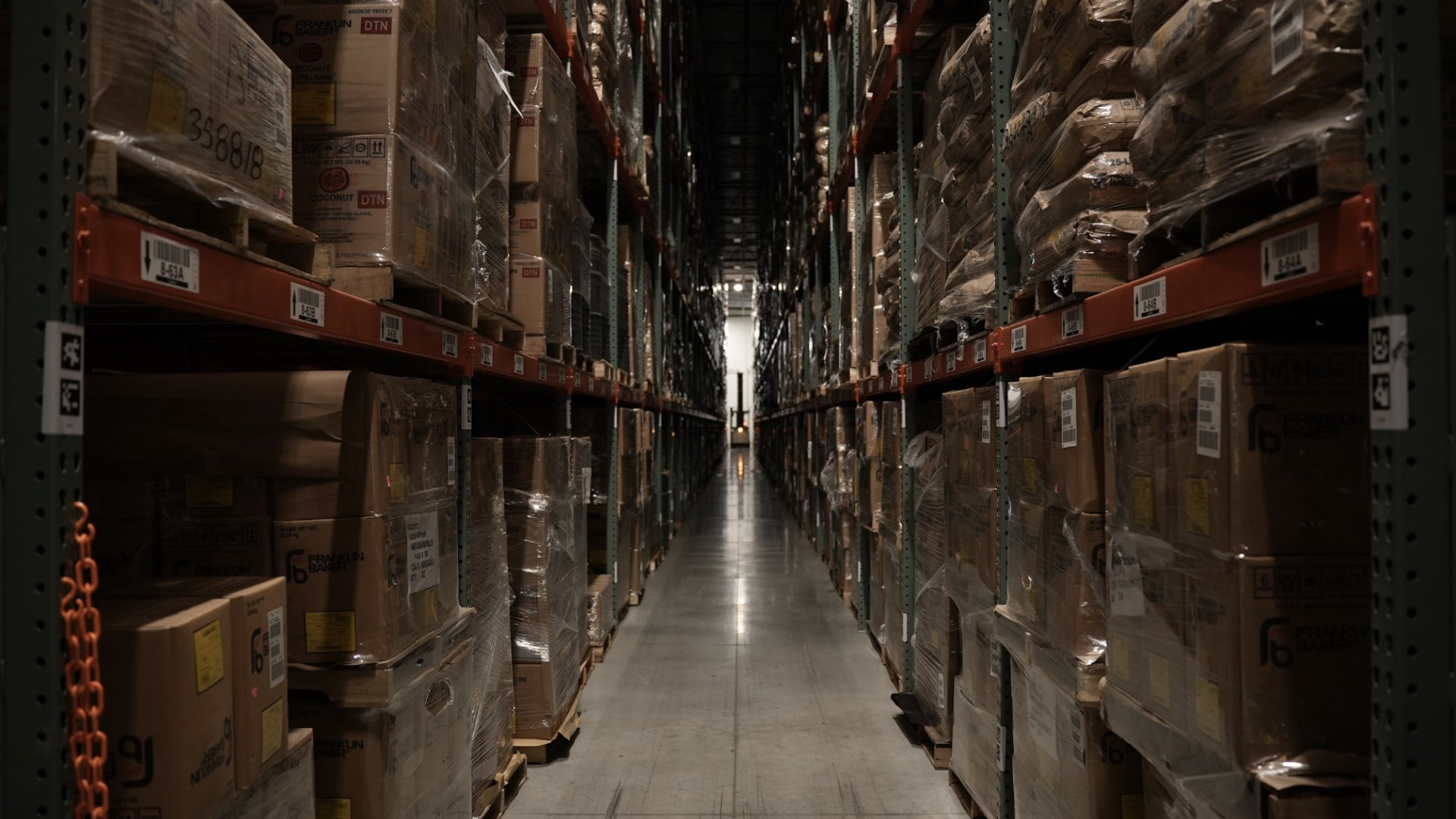
Unlocking Efficiency: Strategies to Slash Excess Inventory
As we embark on the third installment of our episodic journey of the 8 wastes, we will be looking at the waste of inventory. In this article, we unravel the complexities surrounding inventory waste and its profound impact on the efficiency and profitability of manufacturing operations. Join us as we explore the root causes of inventory waste, its detrimental effects on productivity, and practical strategies for eliminating waste to unlock the full potential of lean manufacturing principles.
“What is inventory?”
From a Lean Manufacturing perspective, Inventory refers to any raw materials, work-in-progress (WIP), or finished goods that are stored or waiting to be processed within the organization. This includes raw materials awaiting processing, partially completed products at various stages of production, and finished goods awaiting shipment to customers.
“What causes excess inventory?”
Here are just a few examples:
1. Overproduction: The first waste we discussed creates a ripple that leads into all other wastes. Producing more goods than are immediately needed can result in inventory, tying up resources and valuable floor space.
2. Batch Processing: Employing batch processing techniques can lead to the accumulation of excess inventory as batches move through various stages of production, resulting in longer internal lead times and more space per job needing to be allocated.
3. Over-purchasing: Inaccurate demand forecasting can lead to over-purchasing of materials or components, resulting in excess inventory that may not be used in a timely manner. This becomes even worse when excess product is ordered solely for the price break of a bulk purchase.
4. Lack of Visual Management: Without clear visual indicators or signals to monitor inventory levels and production flow, it becomes challenging for employees to identify and address inventory waste effectively. This can often lead to always purchasing “comfort stock” and having the excess inventory built into standard operations, which only makes it harder to notice.
5. Poor Layout and Organization: Inefficient layouts or disorganized work areas can lead to excess inventory as materials or products become misplaced or difficult to locate, resulting in wasted time and resources. This can also create a “hoarding mentality” amongst employees that fosters distrust and destroys camaraderie.
“My organization doesn’t have those issues, so I’m fine, right?”
I would immediately respond to a statement like this with a clarification: “The 8 wastes aren’t evil things to avoid.” The harsh truth is they will ALWAYS exist, and our actions should only be steps towards reducing the negative outcomes associated with them. Some level of inventory will always need to be maintained, but finding the minimum amount needed before bigger problems arise is the beauty of Lean Manufacturing!
Simply put, if you have any form of work-in-progress (WIP), subassemblies to make a finished product or even something as simple as toilet paper for an office bathroom. You have inventory!
According to a study by McKinsey & Company, approximately 46% of organizations across various industries struggle with excess inventory, leading to increased costs and inefficiencies in their supply chain operations. (Source: McKinsey & Company, "Inventory Management Benchmarking Study," 2020). However, I would go further to say that the other 54% of organizations have simply become complacent with their inventory issues.
“So, what can help reduce excess inventory?”
Five tools and changes that can help reduce excess inventory are:
1. Implement Just-In-Time (JIT) Production:
JIT production involves producing goods only as they are needed, minimizing the need for excess inventory. By synchronizing production with customer demand (internally, the next department is your customer), JIT improves overall efficiencies of all departments.
2. Use Kanban Systems:
Kanban systems help manage inventory levels by signaling when materials need to be replenished. By visualizing workflow and establishing pull-based systems, Kanban reduces excess inventory and streamlines production processes.
3. Optimize Supply Chain Management:
Streamlining supply chain processes and fostering closer relationships with suppliers can help reduce lead times and minimize the need for excess inventory. By improving communication and collaboration throughout the supply chain, organizations can achieve greater efficiency and responsiveness to customer demand.
4. Implement Lean Layouts and Flow:
Designing lean layouts and optimizing production flow can help minimize excess inventory by reducing unnecessary movement and transportation of materials. By organizing workspaces for maximum efficiency and minimizing waste, organizations can improve throughput and employee morale.
5. Implement FIFO (First-In, First-Out) Systems:
Adopting FIFO systems ensures that older inventory is used or sold before newer inventory, minimizing the risk of obsolescence. By prioritizing the use of older inventory and minimizing storage times, organizations can optimize inventory turnover rates and reduce the accumulation of excess inventory.
Toyota is a shining beacon of how implementing lean principles can significantly reduce excess inventory. Through its Toyota Production System (TPS), Toyota achieved remarkable improvements in efficiency, quality, and cost reduction. For example, by implementing JIT production and Kanban systems, Toyota reduced inventory levels by 50% and improved inventory turnover rates by 60%, leading to substantial cost savings and improved competitiveness in the automotive industry. (Source: "The Toyota Way: 14 Management Principles from the World's Greatest Manufacturer" by Jeffrey K. Liker)
In conclusion, the elimination of excess inventory is not merely a goal but a strategic imperative for businesses committed to operational excellence and competitiveness. By implementing the proven strategies outlined in this article, you can streamline your inventory management processes, reduce waste, and unlock significant cost savings. Take action today to transform your workplace into a lean, efficient operation that thrives amongst the competition. For more insightful articles on lean methodologies and continuous improvement strategies, visit our blog at https://magnaliteltd.com/blogs/news. Your journey to operational excellence starts here.